Charts were introduced by Apple on iOS16 and every other Apple platform (see here for a short official description: https://developer.apple.com/documentation/charts)
I found a GitHub project that aims at replicating the nice-looking charts that Apple teased at the WWDC 2022 (see here the video showing briefly the charts https://developer.apple.com/videos/play/wwdc2022/10137/)

Here is the link to the GitHub project by Jordi Bruin:
https://github.com/jordibruin/Swift-Charts-Examples
I could extract a simplified one-file HeatMap that is close to a ContourPlot, so I guess you could start from that.
import SwiftUI
import Charts
struct Grid {
let numRows: Int
let numCols: Int
var points = [Point]()
init(numRows: Int, numCols: Int) {
self.numRows = numRows
self.numCols = numCols
generateData()
}
mutating func generateData() {
for rowIndex in 0..<numRows {
for colIndex in 0..<numCols {
let maxValue = numRows + numCols - 2
let variance = Double.random(in: 0..<20) - 10
let value = (Double(rowIndex + colIndex) * 100)/Double(maxValue) + variance
let point = Point(x: Double(colIndex), y: Double(rowIndex), val: value)
points.append(point)
}
}
}
}
struct ContentView: View {
@State var grid = Grid(numRows: 20, numCols: 20)
var gradientColors: [Color] = [.blue, .green, .yellow, .orange, .red]
var body: some View {
Chart(grid.points) { point in
Plot {
let xVal = Int(point.x)
let yVal = Int(point.y)
let val = Int(point.val)
RectangleMark(
xStart: PlottableValue.value("xStart", xVal),
xEnd: PlottableValue.value("xEnd", xVal + 1),
yStart: PlottableValue.value("yStart", yVal),
yEnd: PlottableValue.value("yEnd", yVal + 1)
)
.foregroundStyle(by: .value("Value", val))
}
}
.chartForegroundStyleScale(range: Gradient(colors: gradientColors))
.chartYAxis {
AxisMarks(values: .automatic(desiredCount: grid.numRows, roundLowerBound: false, roundUpperBound: false)) { _ in
AxisGridLine()
AxisTick()
AxisValueLabel(centered: true)
}
}
.chartXAxis {
AxisMarks(values: .automatic(desiredCount: grid.numCols, roundLowerBound: false, roundUpperBound: false)) { _ in
AxisGridLine()
AxisTick()
AxisValueLabel(centered: true)
}
}
.aspectRatio(1, contentMode: .fit)
}
}
struct Point: Hashable, Identifiable {
let id = UUID()
let x: Double
let y: Double
let val: Double
}
Here is the result of this code on an iPhone 14 Pro simulator (iOS 16.0). I will be different for every iteration of the code you will execute since the values are input as random, just for you to get an idea.





